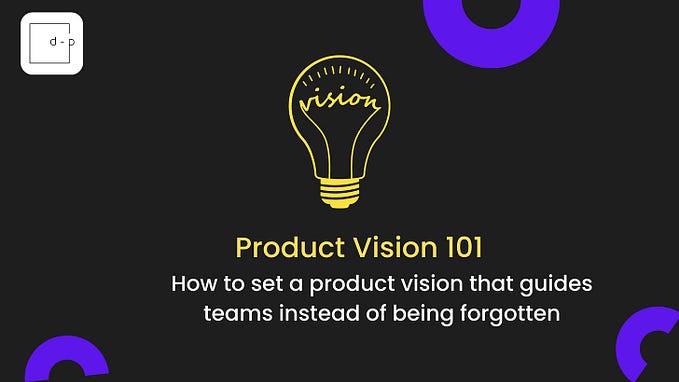Member-only story
Why Design Thinking workshops don’t work
What is sold as Design Thinking often has little to do with the actual methodologies. Here’s what to look out for, to do it right.
Please tell me if that sounds familiar: Someone at your company, likely from a business unit, has heard about Design Thinking recently and got excited. They read a case study of how it delivered results for someone else in their position at a competitor, and now they want to try. Feeling that the organization does not have relevant capabilities, they look for an outside consultant to come in and host a Design Thinking workshop.
This workshop typically comprises 1–2 facilitators from the consultant’s side, and 6–8 members of the business unit or larger organization. Ideally, a few “senior stakeholders” and some people “from the front line” (usually sales).
The group gets busy with warm-ups and creative exercises. Post-it notes circulate, personas are constructed, and a user journey is conjured up. Both the senior stakeholders and sales are really bringing in all their years of experience dealing with customers (i.e., their pet peeves).
After some critical problems come to light, the consultants move to another creative energizer and a series of ideation techniques. At the end of the session, all the ideas are clustered and evaluated. One week after the session, the consultants send across a slide deck summarising the workshop, with many pictures that were taken that day, and a clear outline of “Next Steps.” Those are usually a 1- to a 3-year roadmap of buying technology or building products, to address the identified problems and be happy.
So, what’s the problem?
This whole procedure had nothing to do with Design Thinking. While the term itself is appropriately fuzzy and comprises a full set of methods and tools, there is at least one clear guideline. A model of different phases to go through. The first one: empathy.
Empathy, in this context, means understanding the customer deeply. Not only in the context of…








